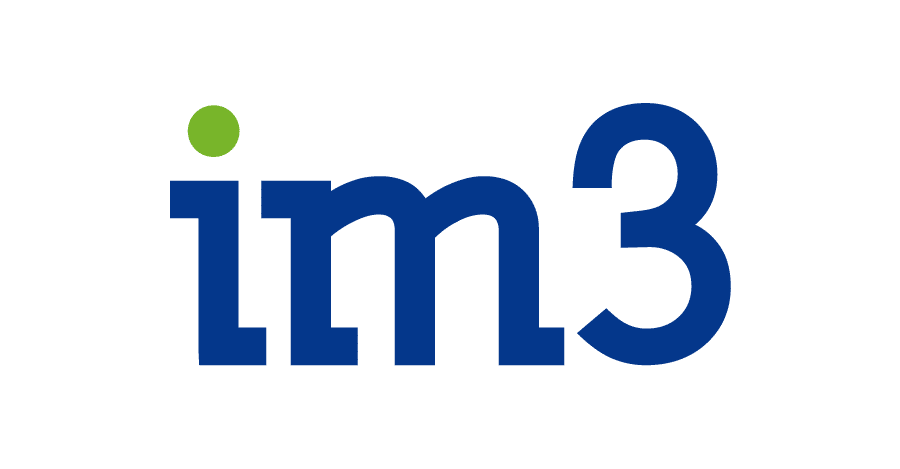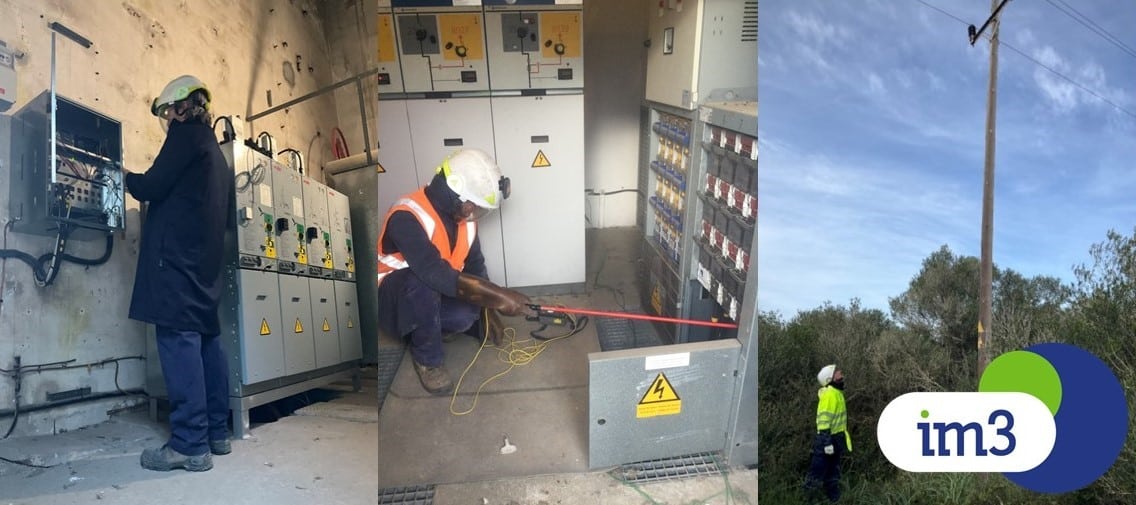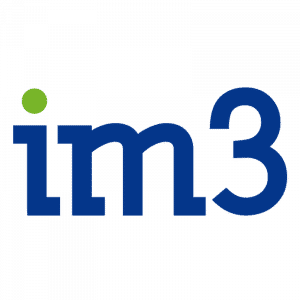23 Feb Did you know… What the Accredited Inspection Division does?
Learn more about our teams
Division 5 of IM3-Spain is the Accredited Inspection Division (DIA), and is in charge of carrying out the regulatory periodic inspections of Overhead Power Lines and Medium Voltage Transformation Substations.
These inspections are regulated by Royal Decree Real Decreto 223/2008, of February 15, which approves the Regulation on technical conditions and safety guarantees in high-voltage power lines and its complementary technical instructions ITC-LAT 01 to 09, Royal Decree Real Decreto 337/2014, of May 9, approving the Regulations on technical conditions and safety guarantees in high-voltage electrical installations and its Complementary Technical Instructions ITC-RAT 01 to 23, where it is established that carrying out the Statutory Periodic Surveys (RPR) is triennial. In addition, in Catalonia, they are regulated by Decree Decreto 328/2001 of 12-04-2001, which establishes the applicable procedure to carry out periodic inspections of electrical energy production, transformation, transmission and distribution facilities.
The purpose of periodic examinations is to detect possible defects in the installation, which may be caused by various reasons, in order to correct them and keep the installation in optimal safety conditions, so that they do not pose a risk to people or things.
Im3 is an Accredited Entity, and inspections must be carried out in accordance with the requirements set out in the UNE EN ISO 17020:2012 Conformity Assessment standard. Requirements for the operation of different types of organisms that carry out the inspection.
Said accreditation is granted by the National Accreditation Entity, ENAC, which conducts audits annually to verify compliance with the UNE EN ISO 17020:2012 standard, in order to generate confidence in the market, the administration and society regarding the control that is done on the premises. In other words, accreditation is a guarantee of quality.
By applying and complying with said UNE standard, the DIA provides itself with general criteria on technical competence, impartiality and independence.
In addition, since the UNE EN ISO 17020:2012 Standard includes the requirements of the ISO 9001 standard and therefore if the requirements of the ISO 17020 standard are met, the DIA will act under a quality management system for its activities. inspection that will also comply with the principles of ISO 9001.
The organizational structure of the DIA consists of a Technical Director and several teams that carry out the RPR. Each team is made up of two members: Inspector and assistant.
The teams are in charge of carrying out the inspections, which are generally carried out along routes, with various Transformation Substations or various sections of overhead power lines.
For this, the teams are equipped with the necessary tools, such as:
- Equipment to carry out the corresponding measurements (tellurometer, distance meter, etc.).
- Safety equipment (IPE’s).
- Ipad with an app that facilitates the inspection through a checklist with the points to review, which indicates: if it detects a defect or, on the contrary, the installation is correct.
- Some teams are equipped with a drone that allows inspections to be carried out in facilities that are difficult to access.
The defects found are classified into two types, from the safety point of view: those that require immediate correction, given their danger, and defects that need to be corrected in a defined term.
Depending on the result of the inspection, a Record is issued, if the installation has defects, or a CERTIFICATE, if the installation does not have any defects.


